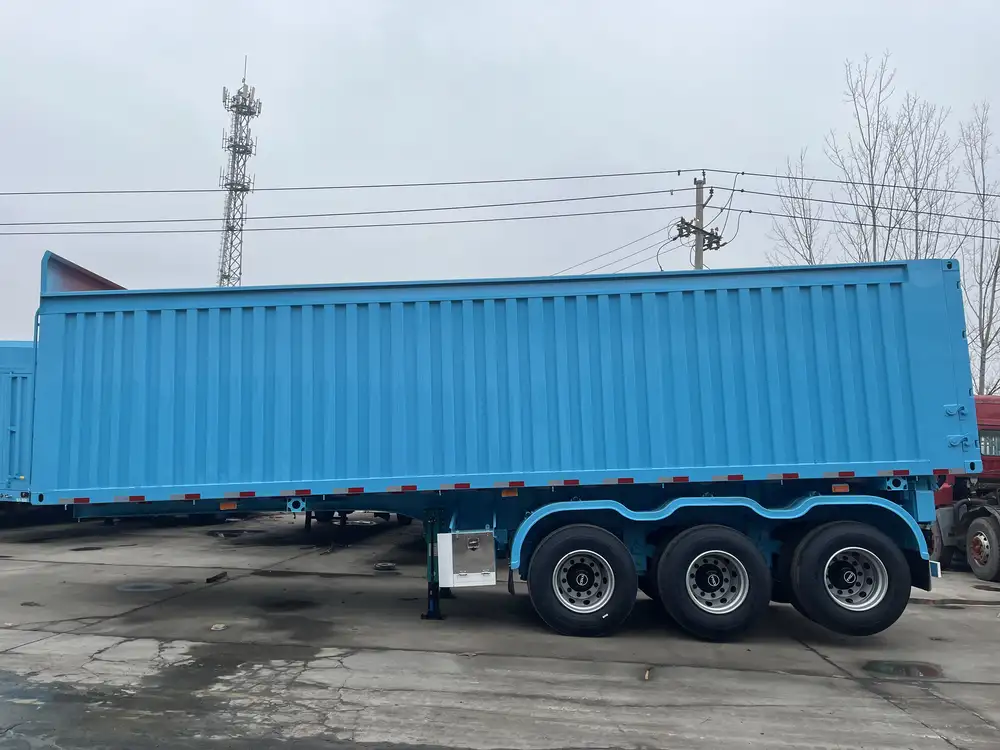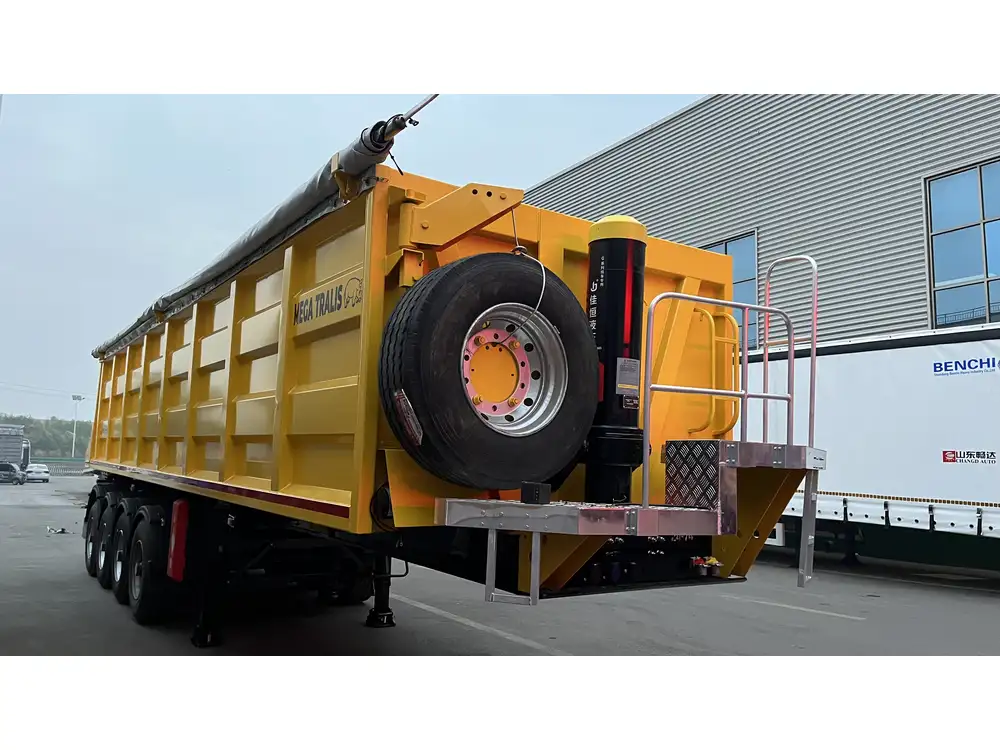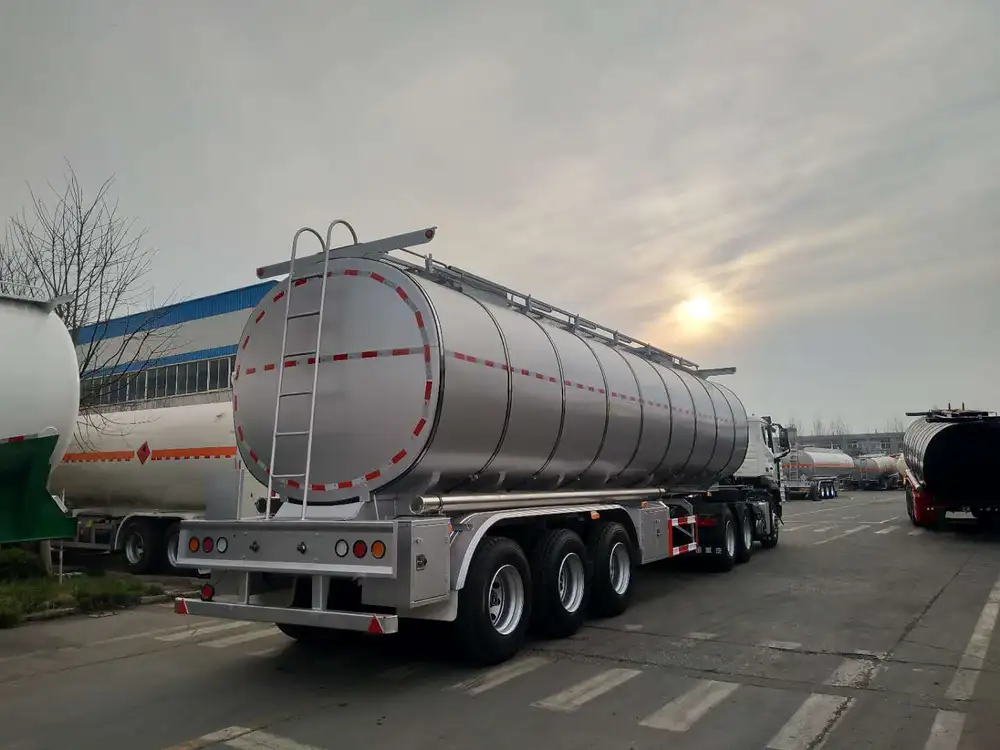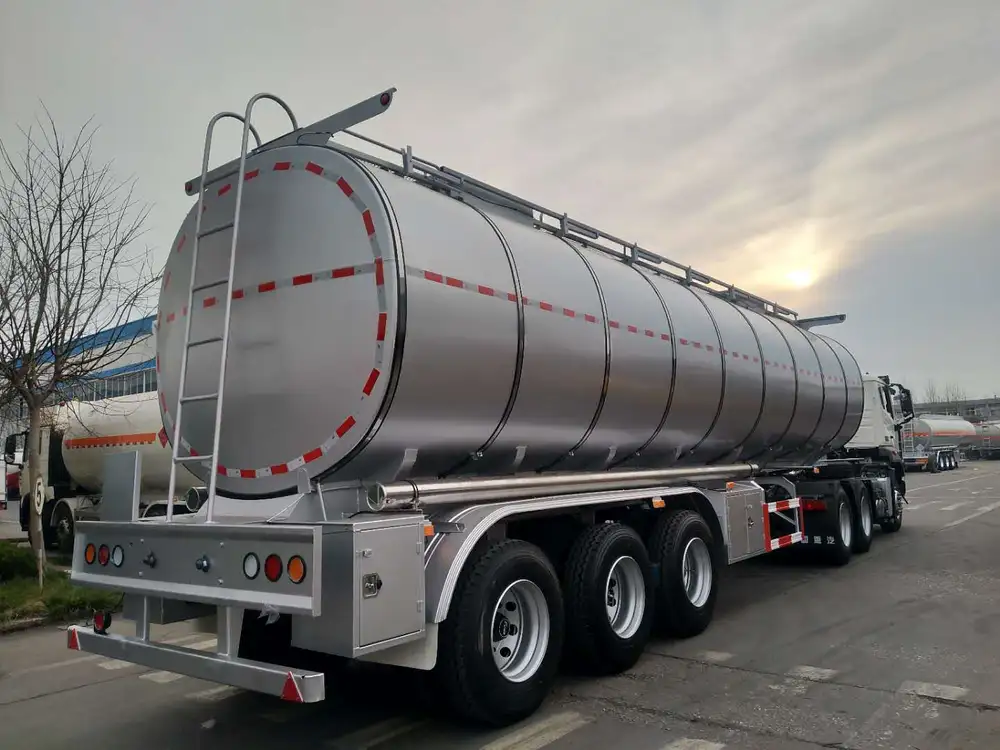When winter descends and temperatures plummet, the threat of a frozen semi-trailer becomes a serious concern for operators and fleet managers alike. Understanding the risks associated with freezing temperatures and how to mitigate these risks can save time, money, and potentially even lives.
Recognizing the Signs of a Frozen Semi-Trailer
It is essential to identify if your semi-trailer is facing freezing conditions. Here are common indicators that may suggest freezing issues:
- Difficulty in Coupling and Uncoupling: If the fifth wheel or landing gear is hard to operate, it may indicate frozen components.
- Freezing Temperatures: Ambient temperatures below 32°F (0°C) can lead to freezing, particularly in poorly insulated trailers.
- Frost and Ice Build-Up: Visible frost or ice on the exterior, especially around the hinges and seals.
- Fluid Issues: Thickening of hydraulic or brake fluids can be a telltale sign of potential freezing.
Table 1: Indicators of a Frozen Semi-Trailer
| Sign | Description |
|---|---|
| Operational Difficulties | Issues while coupling or uncoupling |
| Temperature Monitoring | Ambient conditions below freezing |
| Visible Signs of Ice | Frost or ice accumulation on parts |
| Fluid Behavior | Thickening of essential fluids |

Immediate Actions to Take When a Semi-Trailer Freezes
When confronted with a frozen semi-trailer, swift action is paramount. Below we outline the step-by-step measures to address the situation effectively:
1. Assess the Situation
Conduct an immediate risk assessment:
- Examine the environment—look for ice patches and consider safe maneuverability.
- Identify the specific components that are frozen.
2. Safety First
Always prioritize safety:
- Wear gloves and sturdy footwear to prevent slips or injuries.
- Work in a well-lit area and keep an emergency kit on hand, including flares and reflective triangles.

3. Use Gentle Heat
Combat freezing in specific areas:
- Heat Guns or Hair Dryers: Carefully apply heat to frozen components. Ensure that the heat is directed away from any fuel lines or plastic parts.
- Space Heaters: Place a heater inside the trailer if safe to do so, allowing warmth to circulate.
4. Fluid Application
Utilize antifreeze or de-icing solutions:
- Brake Fluid: Consider applying a glycol-based hydraulic fluid or a specialized de-icer to brake components.
- Lock De-Icer: This can also be sprayed into locks, hinges, and other moving parts to help with operation.
5. Warm Up the Truck Engine
Starting the truck engine can enhance fluid circulation:
- Allow the engine and hydraulic systems to run for several minutes; this can increase the temperature and help ease the issues.

6. Check Tires
Frozen tires can also be problematic:
- Inspect tire pressure; cold temperatures can cause tire pressure to drop, impacting performance and safety.
- If necessary, use a tire inflator or consider warming them up in a heated environment.
Preventative Measures for Future Freezing Episodes
While immediate actions are crucial, adopting a proactive approach can minimize the chances of encountering frozen trailers in the future.
Regular Maintenance Checks
Routine checks can prevent freezing:
- Inspect Insulation: Ensure that insulation is intact and effective.
- Seal Applications: Apply seam and door seals to keep moisture out.
- Fluid Regularity: Regularly change fluids to maintain optimal viscosity in cold temperatures.

Use Winter-Specific Equipment
Invest in winter-grade products:
- Winter Anti-Freeze: Use fluids that are specifically rated for low temperatures.
- Invest in Tire Warmers: These can help maintain optimal tire temperatures when parked.
Proper Storage Solutions
If not in use:
- Indoor Storage: Whenever possible, store trailers in a heated building or warehouse.
- Parking Strategies: Avoid parking trailers on open, windy grounds; if necessary, set them up shielded from wind exposure.
Operational Protocols
Implement pre-trip inspections:
- Include checks specifically focused on winter conditions, such as potential freeze points and fluid viscosities.
- Train drivers on what to look for and how to de-ice effectively while on the road.

Common Questions About Frozen Semi-Trailers
How Do I Know If My Trailer Is Safe to Drive After It Frees Up?
After addressing freezing issues, conduct a thorough walk-around inspection. Check brake functionality, steering response, and tire pressure. Ensure that all fluids operate effectively before hitting the road.
Can I Utilize Hot Water on Freezing Areas?
Using hot water is not advisable. While it may seem like a quick fix, hot water can cause rapid temperature changes that may crack components or create more ice when it refreezes.

Are There Specific Products to Prevent Freezing?
Yes, various anti-freeze and de-icing products are available. Look for those designed for commercial vehicles to ensure compatibility with your trailer’s components and materials.
The Cost of Freezing Problems
Understanding the financial implications of freezing can also guide your operational decisions. The combination of repair costs, potential delays, and safety hazards can add up quickly.
Cost Table: Potential Expenses Related to Freezing Issues
| Item/Service | Average Cost |
|---|---|
| Repairing Damaged Parts | $300 – $2,000 |
| De-icing Products | $50 – $200 |
| Additional Fuel Costs Due to Delays | $100 – $500 |
| Insurance Claims for Accidents | Variable |
Note: Costs vary significantly based on location, the extent of damage, and the specific service providers.

Recommendations for Avoiding Costs
- Allocate a budget for winterization processes prior to the onset of cold weather.
- Keep a toolkit and maintenance supplies on hand to handle minor freezing issues efficiently.
Conclusion: Navigating Winter Weather Challenges
The complexities surrounding frozen semi-trailers are multifaceted, yet manageable with the right preparation and knowledge. A proactive approach, involving regular maintenance, driver training, and the right equipment, can drastically reduce the chances of encountering freezing conditions. The importance of immediate and safe responses cannot be overstated; conditions can change rapidly, making swift decision-making invaluable.
By understanding what to do when a semi-trailer freezes, fleet operators can protect their assets, ensure safe operations, and maintain efficiencies even when winter’s chill sets in. Take the insights and strategies discussed here to create a robust winter readiness plan. The advantages of being prepared far outweigh the costs of being caught off guard!



